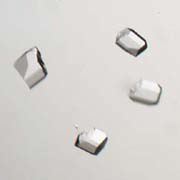 |
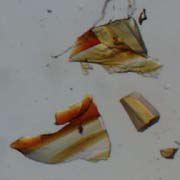 |
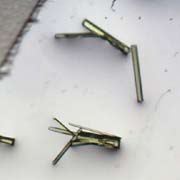 |
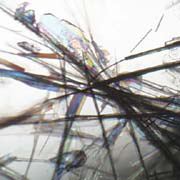 |
| Best | Worst |
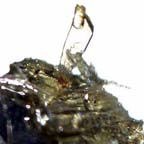 |
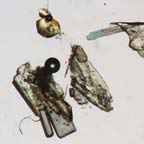 |
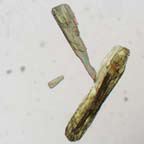 |
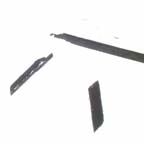 |
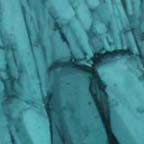 |
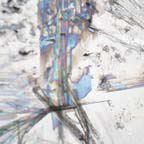 |
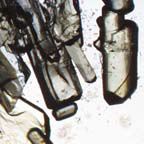 |
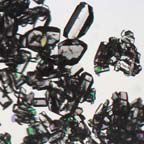 |
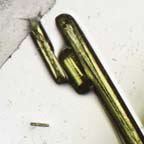 |
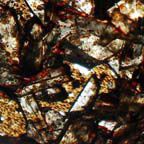 |
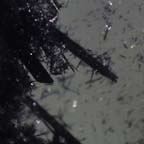 |
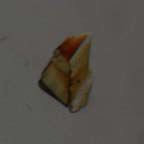
|
The oil makes it easy to manipulate the crystals using a needle and to perform surgery because it holds the crystals steady while you work on them.
Transparent crystals can be checked between crossed polarizers.
Swivel the polarizer on the very bottom of the microscope objective - see how the view goes light and dark. With the polarizers crossed (dark) slowly turn the microscope stage. See how the crystals go light and dark as you rotate them.
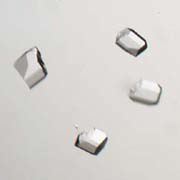 |
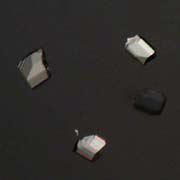 |
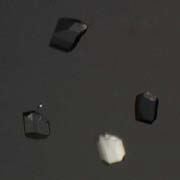 |
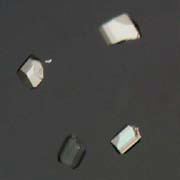 |
| uncrossed
polarizers |
crossed
polarizers |
turned about 45º | turned another 45º |
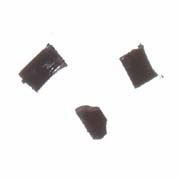 |
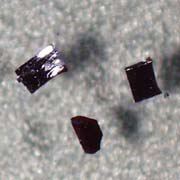 |
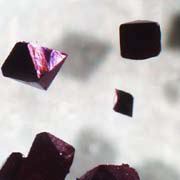 |
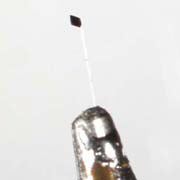 |
| white
background |
black
background |
dull
metal background |
mounted
crystal |
Return to the main Tutorials page or to the main X-Ray Lab page